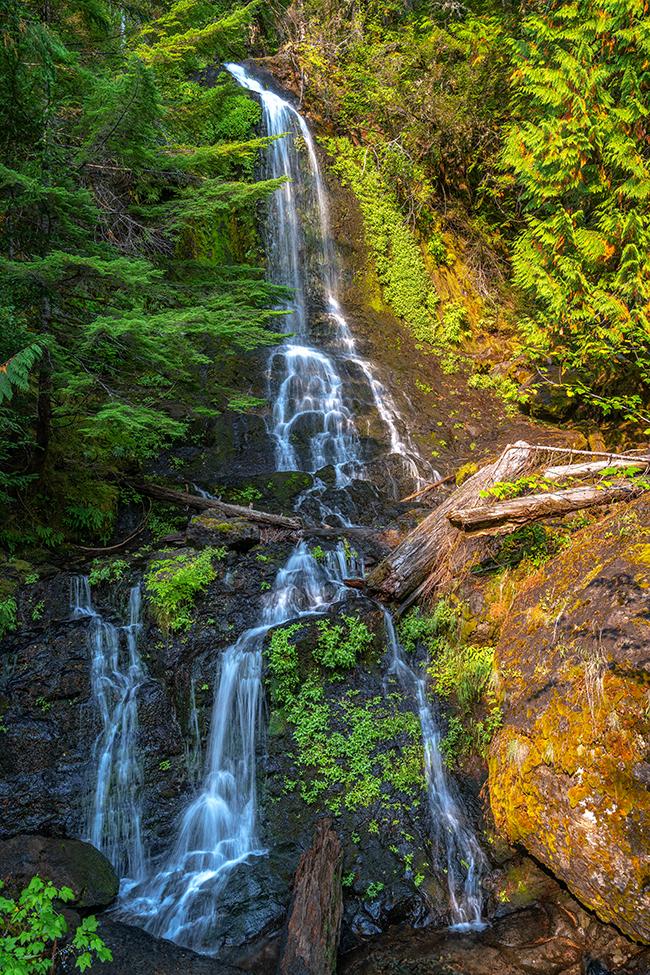
Light and shadow at the Fall Creek waterfall, Mount Rainier National Park / Rebecca Latson
I photograph a landscape because of one or more things I admire within the composition. Then, when I return to the laptop for editing, I often see something else I didn’t even know I had captured in the image. Has this ever happened to you?
For example, I was editing the Fall Creek waterfall photo above, taken one October afternoon in Mount Rainier National Park. I’ve photographed this same scene during different times of day, during different seasons, during different weather conditions. This shot was just going to be another in my series of Fall Creek waterfall images uploaded to my photo website.
Upon opening the image on my laptop screen, I immediately noticed the division between the sunlit and shadowed sides, creating a diagonal line through the length of the photo. The next thing that popped into my head was the term “yin-yang”, which represents the Eastern thought of “two complementary forces that make up all aspects and phenomena of life.” The division of light and shadow (as well as the resulting division of yellow and blue shades) in this image form complementary parts to each other.
Delving back into my photo archives, I discovered other such yin-yang images within the national parks I’ve visited over the years. I’ll bet you have too, without totally recognizing the connection.
So, how does one even notice this effect of “two complementary forces?” Well, it takes a little bit of conscious observation. I didn’t even know I’d captured this in many of my images until after the fact (so much for my powers of observation). I guess, perhaps, my subconscious saw the division? Haven’t there been times when you’ve felt you just had to get a shot of a scene, without consciously knowing exactly why? You might not even recognize the why of something until you open up the image on your computer, or look at it later on your smartphone.
Think of a graduated filter, like a graduated neutral density (grad ND) filter: half of the filter is color, the other half clear. Some of those filters come with what’s called a “hard edge” in which you see a definitive line between the color and the clear, while other filters have a “soft edge” in which the color gradually fades until it becomes clear. It’s the same thing with yin-yang vistas. Sometimes, you see a definitive break between light and dark, or between different colors, and sometimes, the division is not so abrupt, sort of like a graduated filter’s soft edge.
Sunrise and sunset images are great exemplars of light and/or color yin-yang with both hard and soft edge divisions. In the images below, you see a definite line separating light and shadow from sunrises at Mount Rainier, Glacier, and Grand Canyon national parks and at Padre Island National Seashore.

Sunrise at the Sunrise area of Mount Rainier National Park / Rebecca Latson
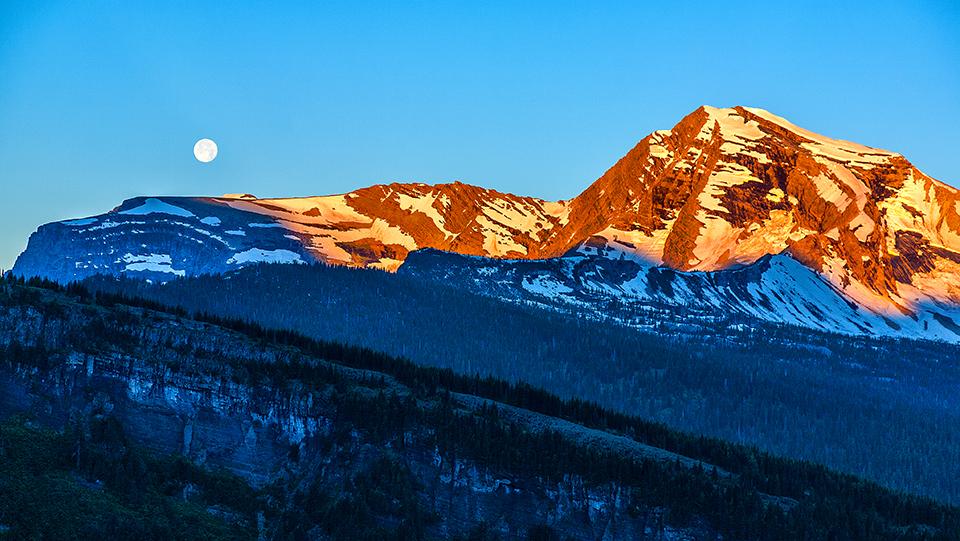
Moonset and sunrise over Heavens Peak, Glacier National Park / Rebecca Latson

An evening view of the South Rim, Grand Canyon National Park / Rebecca Latson
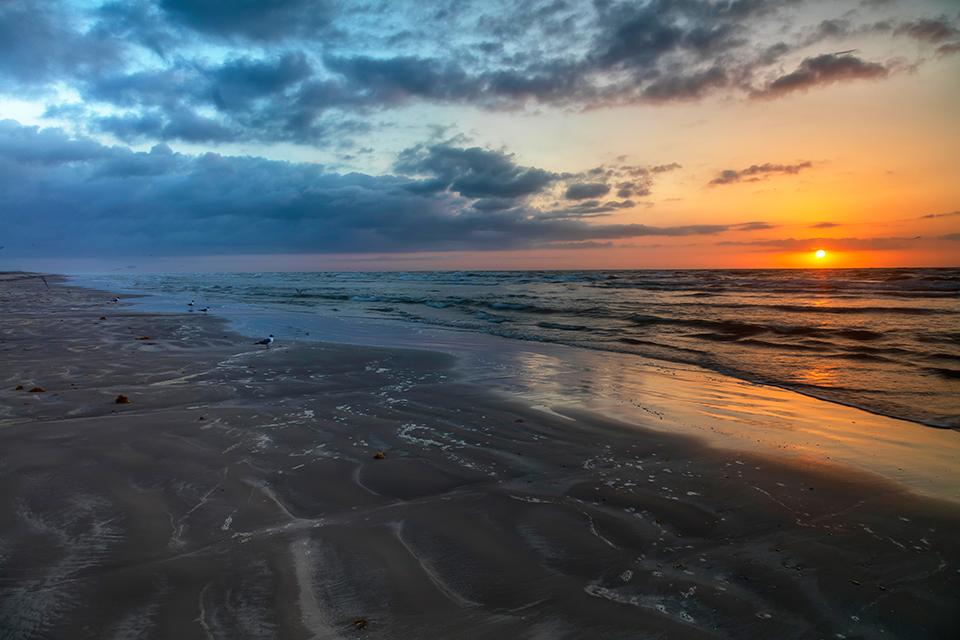
Sunrise at the beach, Padre Island National Seashore / Rebecca Latson
Canyon compositions are also good examples of yin-yang divisions that are not so abrupt. For instance, during sunrise, the sunlight often hits those tallest formations first, before it gets to the rest of the canyon. And, the light may be in different spots, with no hard edge to that complementary separation between light and dark.
Take a look at the image below, captured during a sunset on Kalaloch Beach in Olympic National Park. The bright, color-saturated sunlight gradually melts into the darker portions of the image, with no real abrupt division and no straight line.
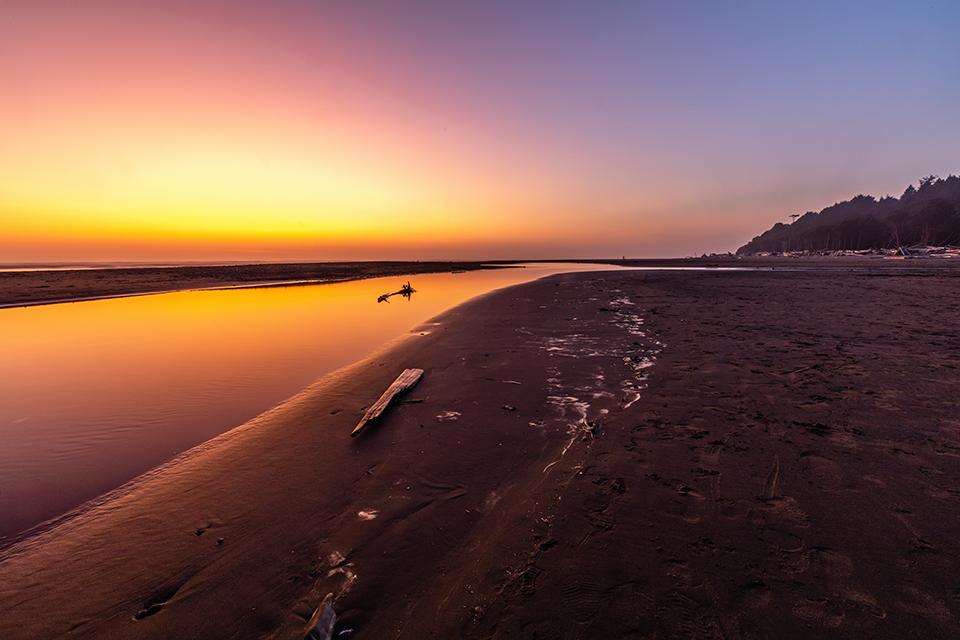
Sunset's afterglow at Kalaloch Beach, Olympic National Park / Rebecca Latson
This yin-yang concept doesn’t just stop with light and color. You can see this phenomenon within textures, as well, like the photo below of different lava flows captured some years ago in Hawai’i Volcanoes National Park.
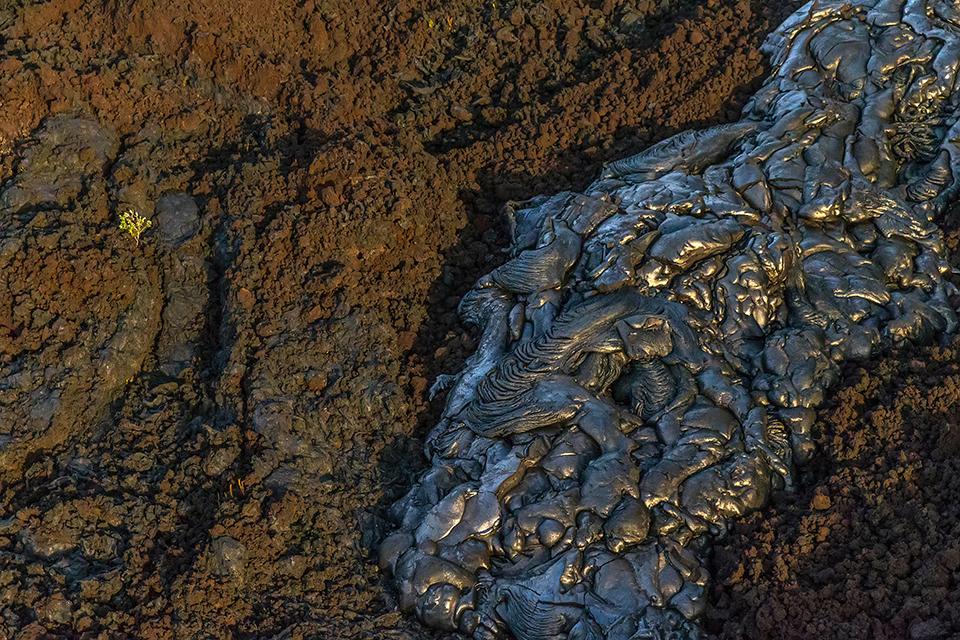
The yin and yang of lava flows, Hawai'i Volcanoes National Park / Rebecca Latson
You can also see yin-yang complementary forces within the weather, itself. Note the snowy, cold side of the park road vs. the wet, lusher side. The season had just changed from autumn to winter the day before, and when I photographed this leading line image, the composition also exhibited the previous, wetter autumn season.
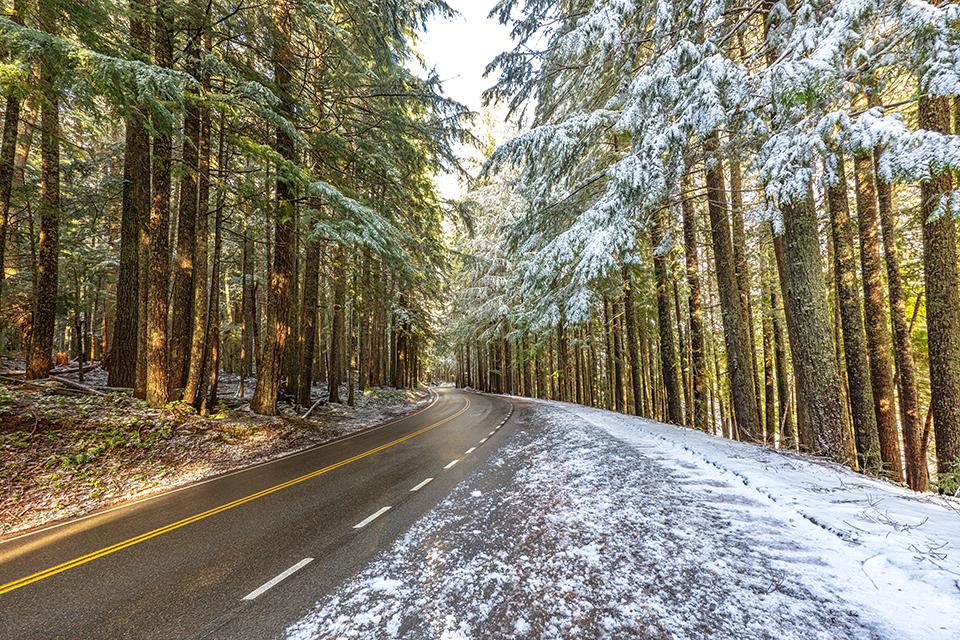
Winter along the park road, Mount Rainier National Park / Rebecca Latson
Yin-yang can be the difference between movement vs. non-movement, energy vs. calm. Below is a landscape scene along Tahoma Creek in Mount Rainier National Park. You see yin-yang in the energy of flowing water vs. the calm stillness of the surrounding scene.

Tahoma Creek landscape, Mount Rainier National Park / Rebecca Latson
While you may not always immediately detect compositional yin and yang in front of you, it’s still good practice for developing your observational skills to identify those complementary forces of light and shadow, energy and tranquility, smooth and rugged textures. Even if you don’t notice yin-yang in your landscapes, you may still ultimately see other things in that composition you might not otherwise have perceived at the time you captured the photo.
Now, when I’m out in a park with my cameras, I look for this yin-yang division in my compositions. Sometimes, I see it. Sometimes, I don’t. I know by looking for these complementary forces of nature, I’m becoming more proficient at identifying other elements of nature, as well, which in turn helps me make the most of my compositions.
So, after reading all this, what national park images do you have that convey the yin and yang of light color, different textures, or energy vs. calm? Can you think of any other examples within a national park that communicate photographic yin and yang, that I haven’t thought of? If so, let me know in the comments section.
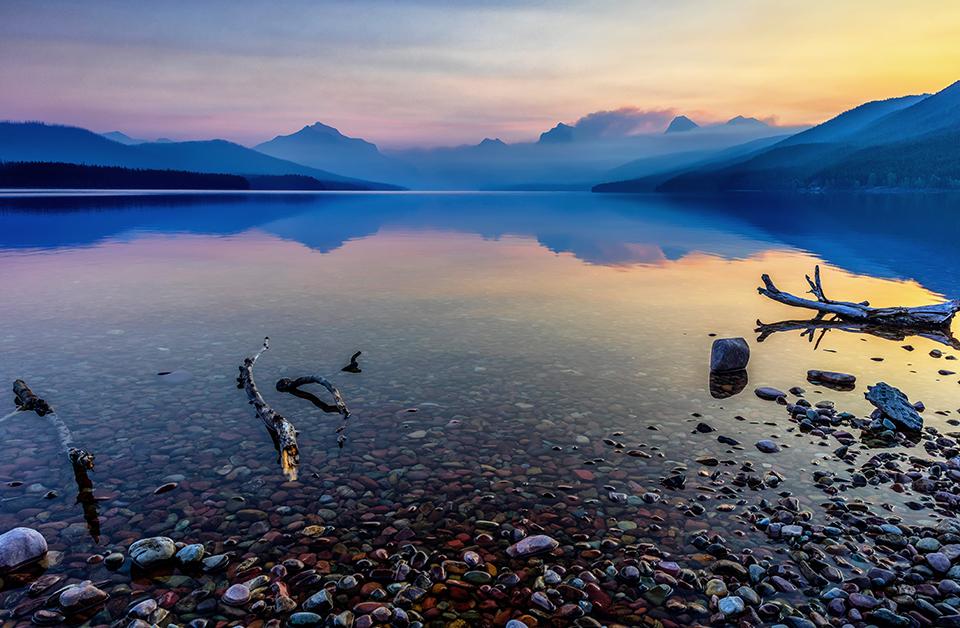
Sunrise over Lake McDonald, Glacier National Park / Rebecca Latson



Add comment